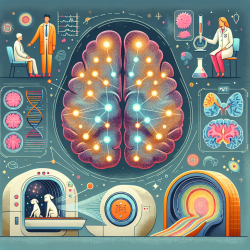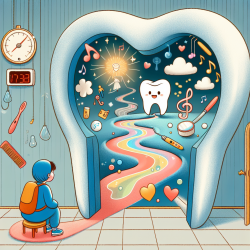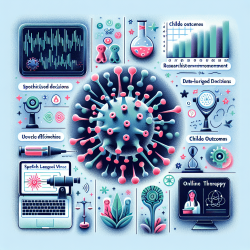Introduction
Autism Spectrum Disorder (ASD) is a complex neurodevelopmental condition characterized by challenges in social interaction, communication, and repetitive behaviors. Recent advancements in neuroimaging, particularly Positron Emission Tomography (PET), offer promising insights into the pathophysiological mechanisms underlying ASD. The research article "Positron Emission Tomography in the Neuroimaging of Autism Spectrum Disorder: A Review" provides a comprehensive overview of how PET imaging can be utilized to explore various biomarkers associated with ASD.
Understanding PET and Its Role in ASD
PET is a molecular imaging technology that enables in vivo visualization of metabolic processes in the brain. It is particularly valuable in ASD research for its ability to quantify changes in cerebral glucose metabolism, blood flow, neurotransmitter systems, and neuroinflammation. The review highlights the use of specific radioligands in PET imaging to identify critical biomarkers, offering new avenues for understanding ASD's complex etiology.
Key Findings and Implications for Practitioners
The review emphasizes several key physiological changes in ASD that can be explored through PET imaging:
- Cerebral Glucose Metabolism: PET studies have revealed both increased and decreased glucose metabolism in various brain regions of individuals with ASD, indicating altered energy utilization patterns that could inform targeted interventions.
- Neurotransmitter Systems: Abnormalities in serotonin and dopamine systems have been observed, suggesting potential therapeutic targets for modulating these neurotransmitters to alleviate ASD symptoms.
- Neuroinflammation: Increased expression of translocator protein (TSPO) in certain brain regions points to neuroinflammatory processes that could be addressed through anti-inflammatory treatments.
Encouraging Further Research
The findings from PET imaging studies underscore the need for continued research to refine our understanding of ASD's neurobiological underpinnings. Practitioners are encouraged to stay informed about emerging imaging techniques and consider participating in research collaborations to advance the field. By integrating PET insights into clinical practice, practitioners can contribute to the development of more effective diagnostic and therapeutic strategies for ASD.
Conclusion
Implementing the outcomes of PET neuroimaging research in ASD can significantly enhance our ability to diagnose and treat this complex disorder. As the field evolves, practitioners have the opportunity to leverage these insights to improve patient outcomes and drive innovation in ASD care.
To read the original research paper, please follow this link: Positron Emission Tomography in the Neuroimaging of Autism Spectrum Disorder: A Review.










